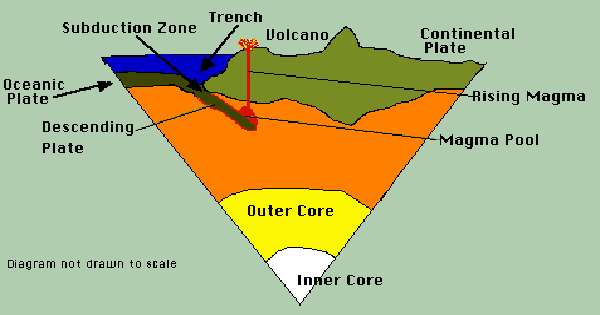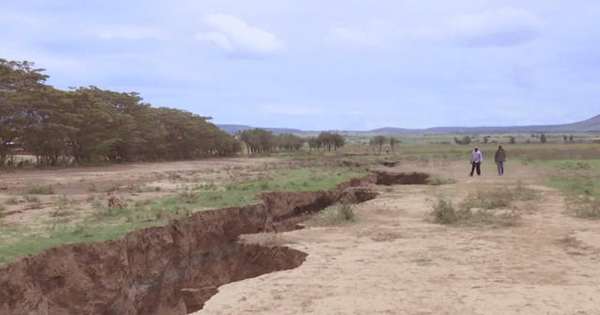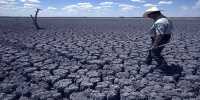We know that atmospheric carbon dioxide can heat the planet, and sink the coastline, but it can only scratch the surface of its effects on the planet. New research suggests that continents may also be disintegrating – in fact it seems to be easing Africa’s gradual tectonic divorce right now. Volcanoes can emit large
amounts of carbon dioxide along with all other substances in their saliva, although, in contrast to a broader myth, the amounts expressed in modern times are much lower than in human activity. Volcanoes in the African Rift Valley are particularly carbon-intensive, a discovery that scientists have conducted long investigations to understand why. Lifts involve the division of a craton, the oldest and most stable part of a continental plate. Tobias Fischer, a professor at the University of New Mexico, suggested that carbon dioxide should be released from
the craton base, where it has been stored for millions of years. The model suggests that this accumulated carbon arises from the absorption of marine plates and deep mantle plumes, Fisher said in a statement.

Carbon causes continents to crack up
However, when Fisher expressed this idea, he could not explain how the gases buried under so many rocks could go to the surface. Fisher now thinks that he has answered this question with a new paper nature and that his solution could explain the formation of continental cracks. The key to understanding the
difference is the Tanzanian volcano Oldonino Lengai, famous for its cool lava. Fischer said The volcanic lava erupts that move like liquid and motor oil. The large carbonate rocks of this lavas through northern Tanzania indicate that many such volcanoes exist, but in recent times Oldino Lengai is active.
There the carbon-rich magma rose and formed a province of volcanoes and separated the cratons, eventually splitting the continental plate and a new seaway.















